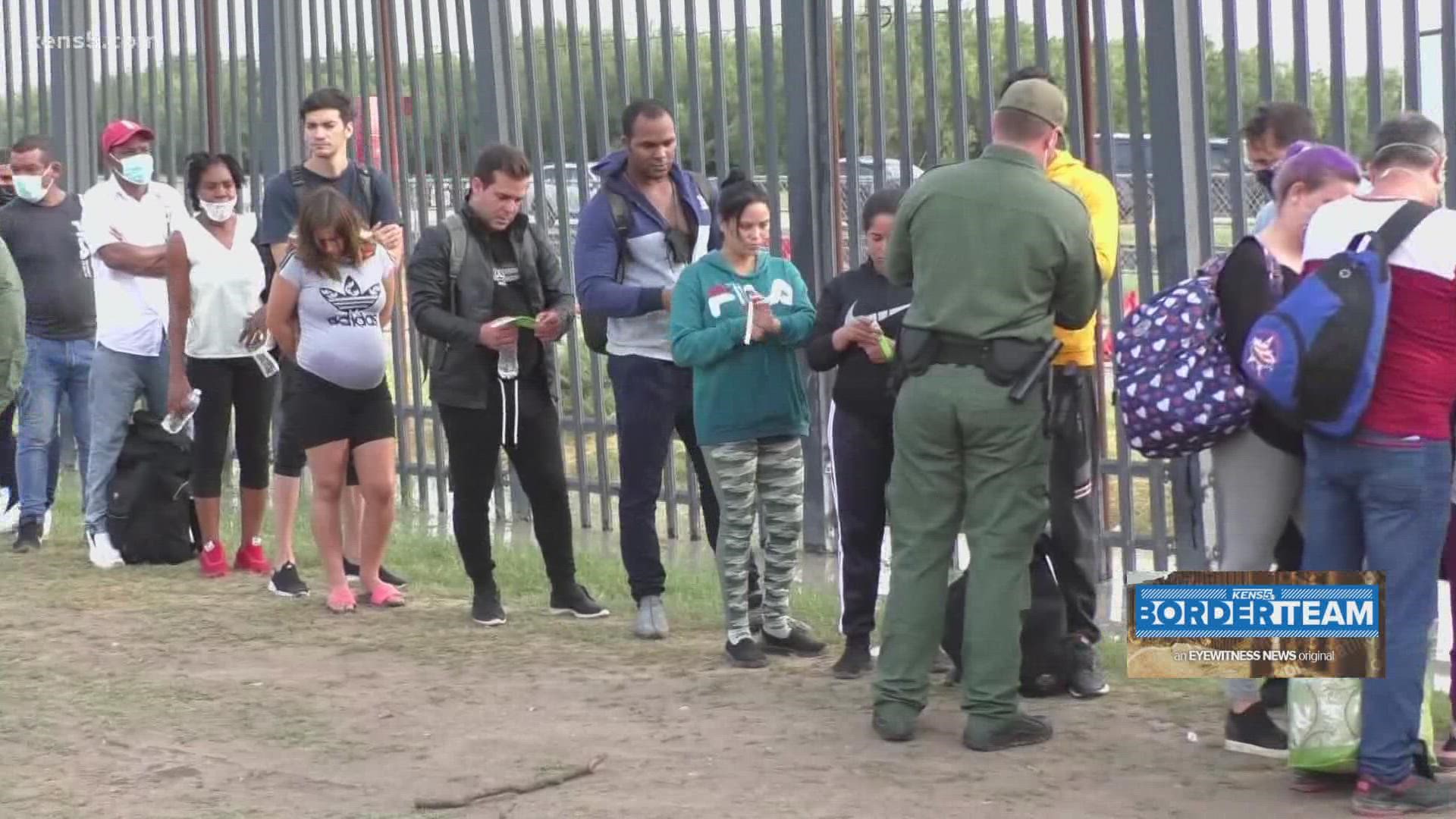DEL RIO, Texas — The Border Patrol Del Rio Sector covers 245 miles of the southwest border and reaches 55 miles into the interior of Texas.
Officials said the Del Rio sector ranks second to the Rio Grande Valley sector where officers are the busiest in the nation handling migrant activity.
Rick Moreno, the Patrol Agent in Charge of the Del Rio sector, said they only have a fraction of the manpower needed to deal with an average of over 1,000 migrants a day across the sector.
At least half of those migrants encounters, up to 500 a day, are happening in Val Verde County where hundreds of migrants are crossing into the U.S., waiting to turn themselves in to authorities.
“Cuidad Acuna is relatively safe compared to the Rio Grande Valley, where they have two cartels fighting for territory. There's only one cartel south of us,” said Moreno.
The surge is causing a bottleneck. Processing centers are over capacity, and most agents are being pulled from the field for processing, causing limited transport options.
“400 to 500 migrants a day that we're trying to hold, care, feed, process and then trying to move them out as quick as possible,” said Moreno. Leaving the migrants to wait out the time in the blazing, summer heat.
“Because of the flow and the congestion at all the stations, it doesn't allow us to move quicker,” said Moreno.
That’s why Border Patrol created a temporary intake station under the Port of Entry Bridge, where the shade provides a cooler area to wait.
“We brought them water, we brought them porta-potties, and we also have a non-governmental organization that provides them with food,” said Moreno. “So, if you compare it to where they were, to what it is now, it’s a hundred times better.”
Moreno said the migrants are crossing into a restricted area only accessible by law enforcement. They are mostly families from Haiti, Cuba and Venezuela.
He said with the high numbers of migrants, COVID is still a major concern.
“That's in our mind every day,” said Moreno. “So, we treat every migrant as a potential exposure.”
Moreno said agents don’t have the capabilities to test migrants for COVID at the processing facilities. He said their partners with ICE Enforcement and Removal Operations have that capability when the migrants are released from Border Patrol custody.
Related links on KENS 5:

